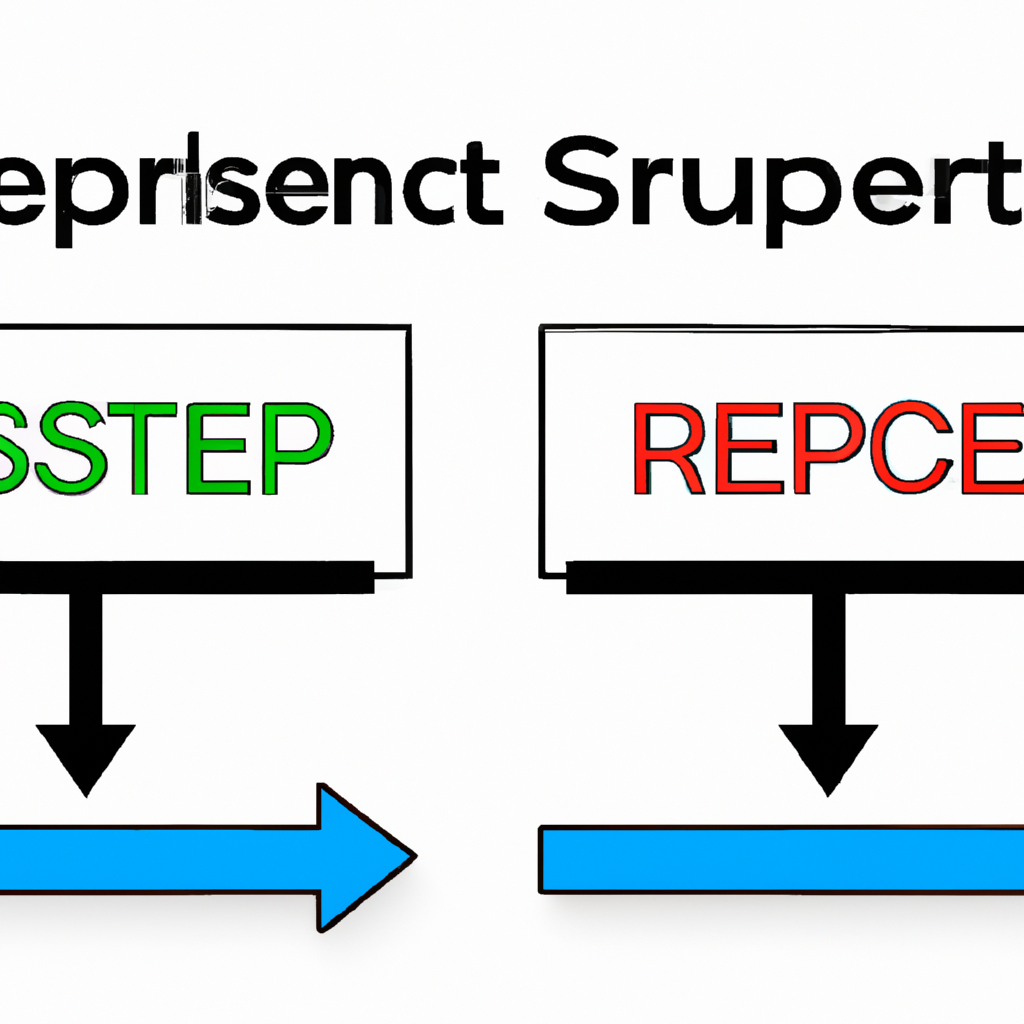# Mastering Support and Resistance Level Strategies
In trading, understanding and utilizing support and resistance levels effectively can significantly enhance a trader’s performance. These levels are foundational concepts in technical analysis, helping traders make insightful decisions by indicating potential reversals or continuations in the price action. This article delves into strategies involving these crucial levels, providing a guide to identifying, interpreting, and applying them in trading scenarios.
Understanding Support and Resistance Levels
Support and resistance levels are like invisible barriers in the price charts that tend to repel the price. They are pivotal in determining the strength of a market trend and potential reversal points.
– **Support** is the level where the price tends to find a floor and bounces back up. It’s where the demand is thought to be strong enough to prevent the price from declining further.
– **Resistance** is the level where the price finds a ceiling and drops back down. It’s where supply is deemed sufficient to stop the price from increasing further.
Identifying Support and Resistance Levels
Recognizing these levels is the first step in leveraging them for your trading strategy. Here are a few methods to identify them:
Historical Price Levels
Look back at past price charts to identify where the price has historically had difficulty moving beyond. These are your initial support and resistance levels.
Swing Highs and Lows
Mark the highest highs and the lowest lows over a period. These points often serve as strong levels of support and resistance.
Trend Lines
By connecting multiple highs or lows with a straight line, you create a dynamic support or resistance level that moves with the price.
Moving Averages
Moving averages can act as dynamic support or resistance levels. For instance, the 200-day moving average is particularly watched by many traders.
Strategies for Trading Support and Resistance Levels
With clear support and resistance levels identified, the next step is to apply trading strategies that can capitalize on this knowledge.
Buying at Support and Selling at Resistance
A fundamental strategy is to buy an asset when its price nears a support level and sell when it nears a resistance level, assuming the price will rebound from these levels.
Breakouts and Breakdowns
Breakouts above resistance or breakdowns below support indicate strong momentum and the potential for the price to move significantly in the direction of the break. Traders may enter trades in the direction of the breakout/breakdown, expecting the price to continue moving away from the previously established levels.
Using Indicators to Confirm Movements
Indicators such as the Relative Strength Index (RSI) or volume can provide additional confirmation on whether a support or resistance level will hold or give way. For example, a breakout with high volume is more likely to sustain its direction.
Conclusion
Support and resistance levels are instrumental in crafting successful trading strategies, offering insights into potential price movements. Whether you’re a novice or experienced trader, mastering these concepts can lead to more informed decision-making and improved trading outcomes. Always remember to consider integrating other tools and indicators for a comprehensive analysis.
